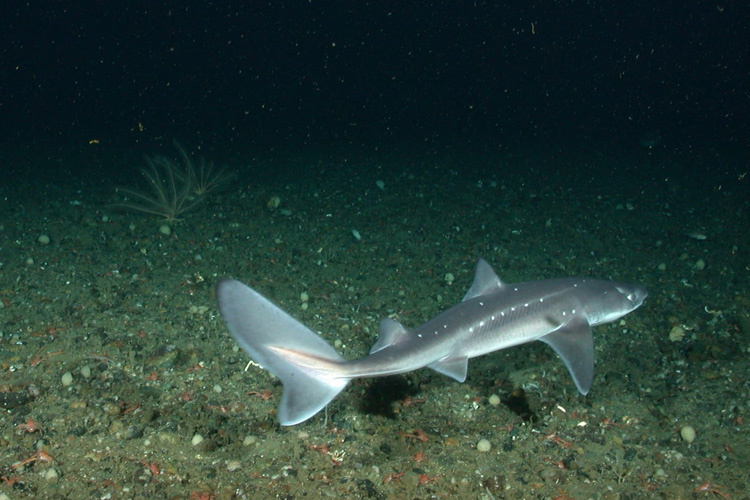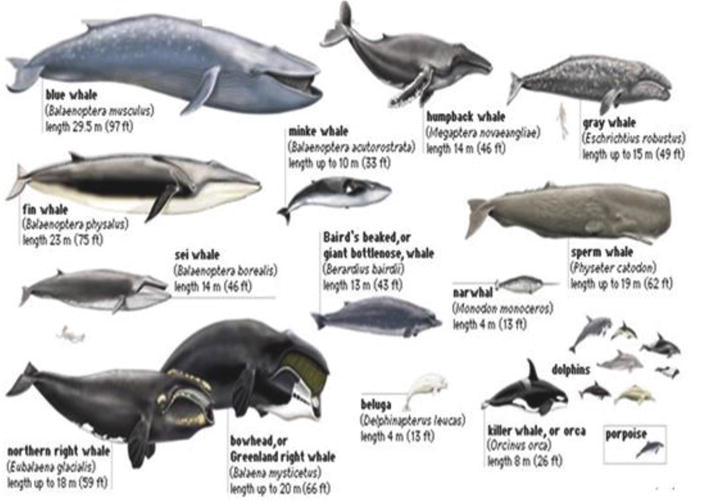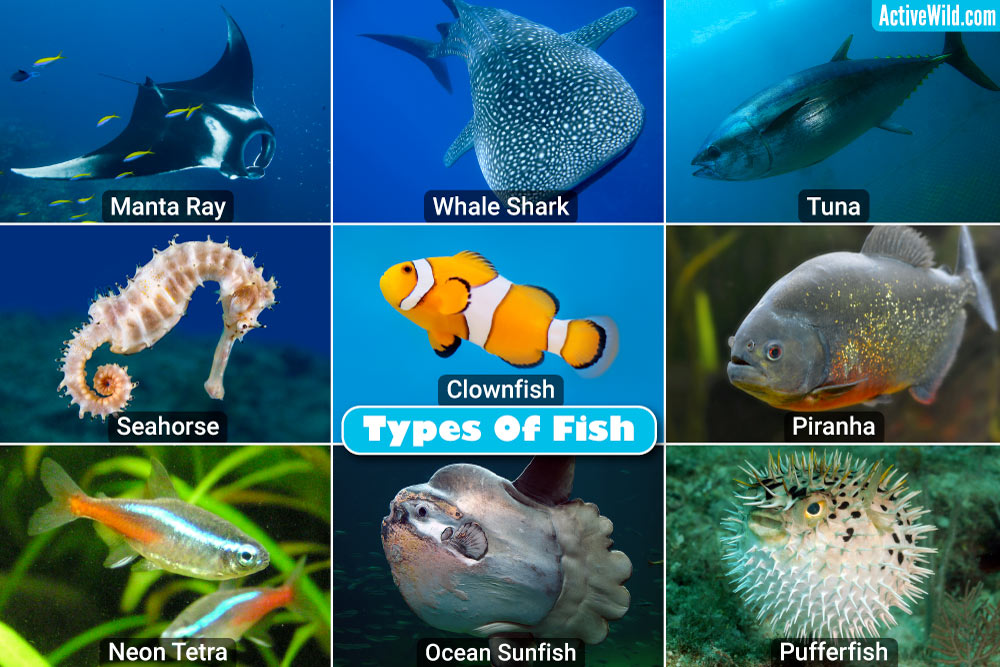The Elusive Spiny Dogfish: An In-depth Exploration of a Resilient Shark Species
The Elusive Spiny Dogfish: An In-depth Exploration of a Resilient Shark Species ===
The spiny dogfish shark, also known as Squalus acanthias, is a fascinating and resilient species that has captured the attention of marine biologists and shark enthusiasts alike. This small shark, measuring around three to four feet in length, is found in oceans all over the world, from temperate to subarctic regions. Despite its widespread distribution, the spiny dogfish remains a mysterious creature, often eluding researchers due to its elusive nature and ability to thrive in a variety of habitats.
===Taxonomy and Physical Characteristics===
The spiny dogfish is a member of the Squalidae family and belongs to the order Squaliformes. It is characterized by its distinct spines, which are present in front of each dorsal fin. These spines, along with its streamlined body and sharp teeth, make it a formidable predator in the ocean. Additionally, the spiny dogfish possesses a unique feature called “sharkskin,” which consists of minute dermal denticles that reduce drag and increase swimming efficiency.
===Habitat and Distribution of Spiny Dogfish===
Spiny dogfish sharks are highly adaptable and can be found in a wide range of habitats, including coastal areas, continental shelves, and even deep waters up to 1,500 feet. They are most commonly found in temperate and subarctic waters, with significant populations in the North Atlantic, North Pacific, and Southern Hemisphere. However, their distribution can vary depending on factors such as water temperature, prey availability, and reproductive requirements.
===Feeding Behavior and Diet of the Species===
As opportunistic predators, spiny dogfish sharks have a diverse diet that includes a variety of small fish, squid, crustaceans, and even other sharks. They are known to use their sharp teeth and powerful jaws to capture and consume their prey. Interestingly, spiny dogfish sharks have been observed exhibiting both solitary and cooperative hunting behaviors, depending on the abundance and size of their prey.
===Reproduction and Life Cycle of Spiny Dogfish===
The reproductive strategy of spiny dogfish sharks is unique and fascinating. They are ovoviviparous, meaning that the embryos develop within eggs inside the mother’s body until they are ready to hatch. The gestation period lasts for approximately 18-24 months, one of the longest among shark species. During this time, the female spiny dogfish provides nourishment to the developing embryos through a placental connection. Once born, the pups are fully independent and grow rapidly, reaching sexual maturity at around 10-12 years of age.
===Conservation Status and Threats Faced===
The spiny dogfish shark has faced various conservation concerns due to its commercial value and vulnerability to overfishing. In the past, the species experienced significant population declines, leading to its inclusion in several conservation organizations’ lists, such as the IUCN Red List. However, recent efforts to manage fisheries and implement catch limits have shown positive results in restoring spiny dogfish populations in some regions. Nonetheless, ongoing monitoring and conservation measures are crucial to ensuring the long-term survival of this resilient species.
===Economic Significance and Fisheries Management===
The spiny dogfish shark holds considerable economic significance, particularly in the fishing industry. Its meat is widely consumed and used in various culinary dishes, while its liver oil is utilized in pharmaceuticals and cosmetics. Additionally, its fins are sought after for the shark fin trade. To manage and protect spiny dogfish populations, many countries have implemented fishing regulations, including catch quotas, minimum size limits, and seasonal closures. These measures aim to maintain sustainable fisheries while preventing the depletion of spiny dogfish populations.
===Research and Future Perspectives===
Research on spiny dogfish sharks continues to provide valuable insights into their biology, behavior, and ecological role. Scientists are investigating various aspects, such as their migratory patterns, genetic diversity, and responses to environmental changes. Additionally, advancements in tagging technology and satellite tracking enable researchers to monitor the movements and habitat utilization of spiny dogfish sharks in real-time. Such research is vital for implementing effective conservation strategies and ensuring the long-term survival of this resilient shark species.
The Elusive Spiny Dogfish: A Species Worth Protecting===
The spiny dogfish shark, with its unique characteristics and adaptability, showcases the remarkable diversity and resilience of marine life. From its elusive nature to its important ecological role, this species continues to captivate scientists and conservationists alike. By understanding its taxonomy, habitat, feeding behavior, and reproductive strategies, we can work towards comprehensive conservation efforts that protect and sustain spiny dogfish populations for generations to come. Through ongoing research, responsible fisheries management, and public awareness, we can ensure the survival of this fascinating and resilient shark species.



